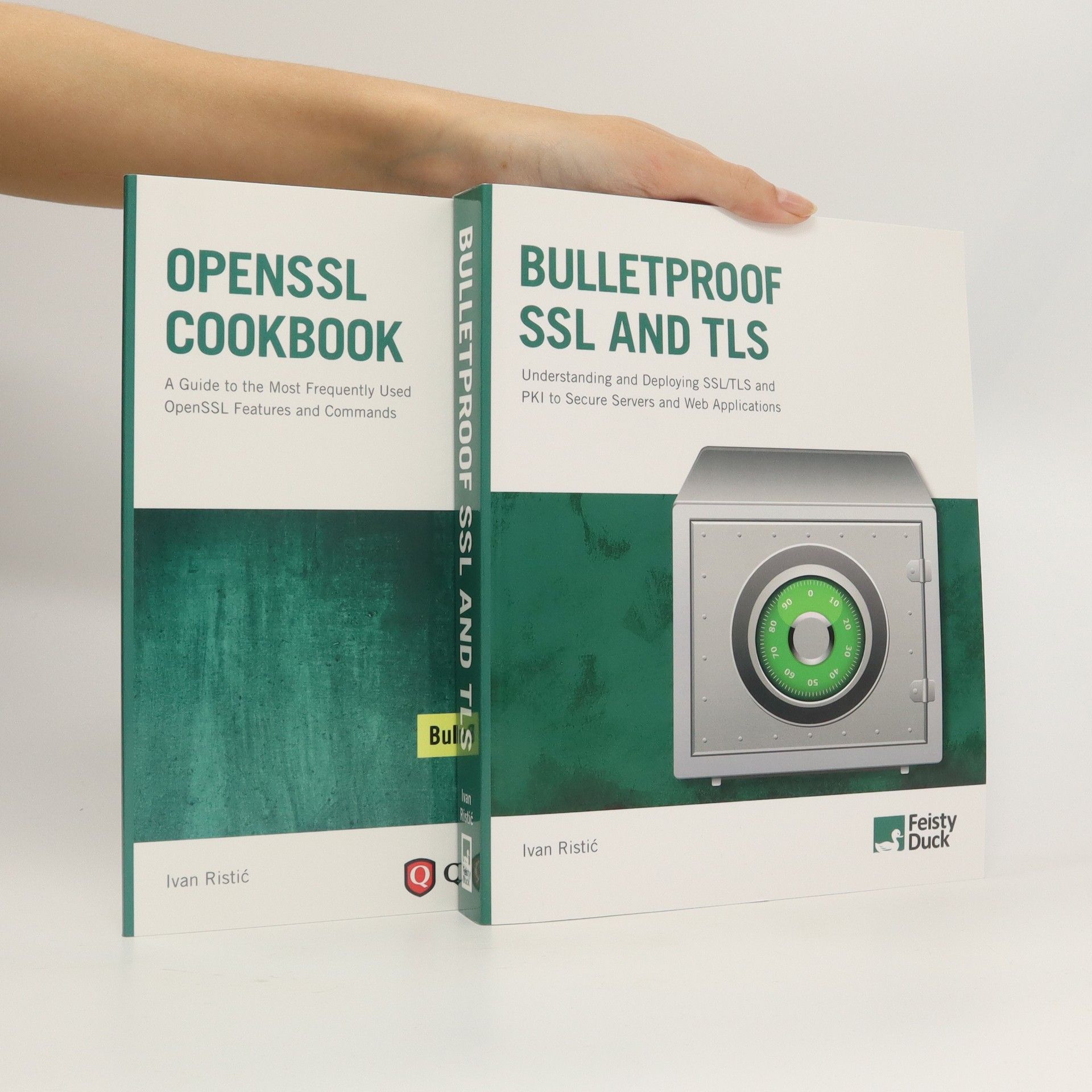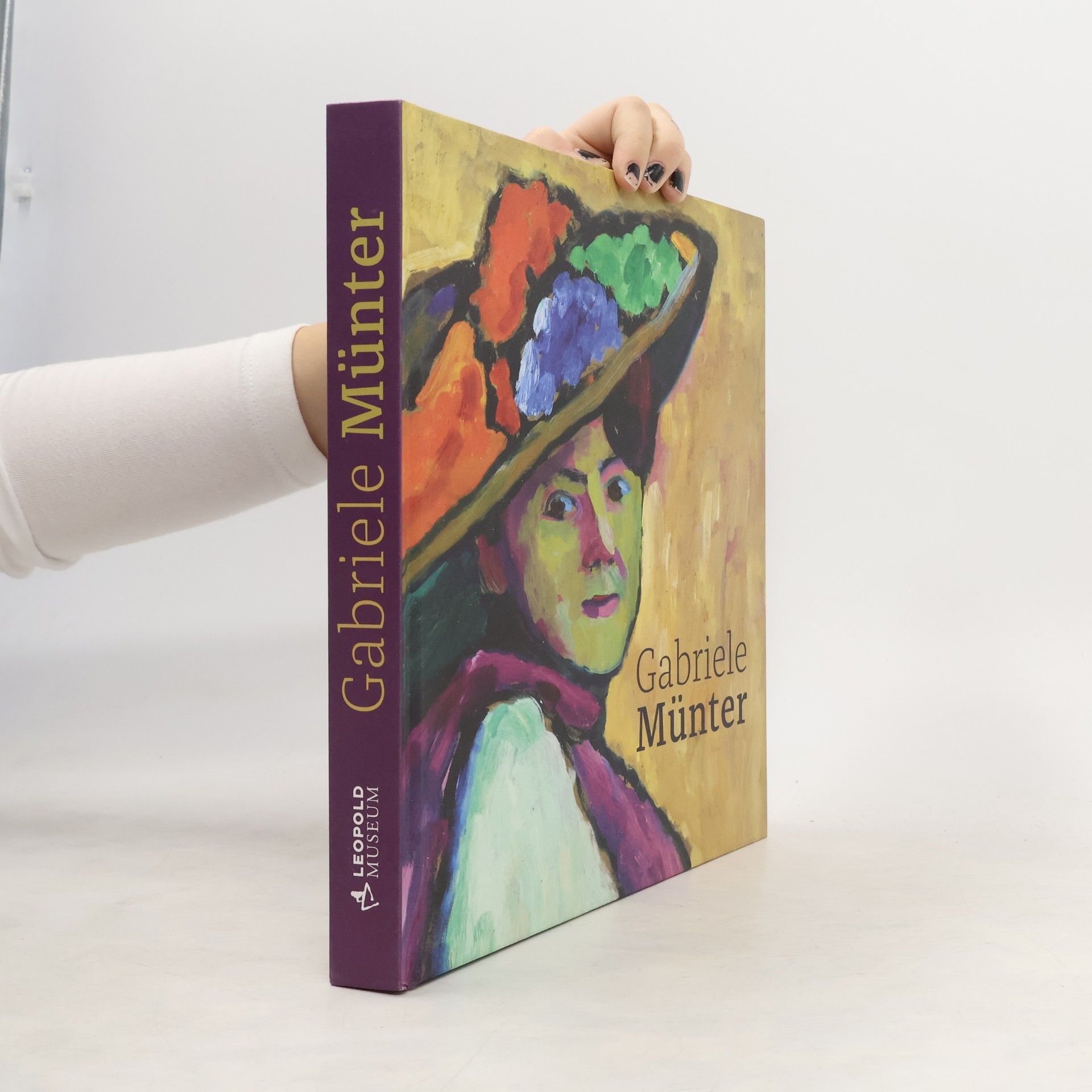Ivan Ristic Bücher





Bogdan Bogdanović
- 176 Seiten
- 7 Lesestunden
Bogdan Bogdanovic, geboren 1922 in Belgrad, war der führende Denkmalarchitekt des ehemaligen Jugoslawien und ein unkonventioneller Urbanologe, Essayist, Schriftsteller und Philosoph. Von 1982 bis 1986 war er Bürgermeister von Belgrad und zeigte damit seine vielseitigen Talente. Zwischen 1951 und 1981 schuf er in verschiedenen Teilen Jugoslawiens 19 Gedenkstätten als Zeichen gegen Krieg und Zerstörung. Bogdanovic wählte eine kulturübergreifende Architektursprache, die frei von ideologischen Symbolen war. Jede Gedenkstätte ist einzigartig und entstand im Dialog mit den lokalen Gegebenheiten. In seiner Rolle als „Baumeister“ war ihm der Austausch mit Steinmetzen wichtig, um die Denkmäler in einem fortlaufenden Prozess zu entwickeln. Besonders eindrucksvoll ist sein poetischer, aber pathosfreier Umgang mit Orten der Zerstörung, wie in der berühmten Blume von Jasenovac, die an einem ehemaligen Konzentrationslager steht. Zu den bedeutendsten Gedenkstätten zählen die Partisanennekropole in Mostar und der Gedenkfriedhof für die Opfer des Faschismus in Sremska Mitrovica. Bogdanovics Werke sind tiefgründige architektonische Allegorien, die das Andenken an die Vergangenheit bewahren.
Bulletproof SSL and TLS
- 568 Seiten
- 20 Lesestunden
Bulletproof SSL and TLS is a complete guide to using SSL and TLS encryption to deploy secure servers and web applications. Written by Ivan Ristic, the author of the popular SSL Labs web site, this book will teach you everything you need to know to protect your systems from eavesdroppingand impersonation attacks
The drawings Zoran Mušič created in Dachau are harrowing time documents. After the War he created his first unmistakable Cavallini from Dalmatia. Meanwhile, Mušič traced the erratic lines of the earth’s relief in the hills of Umbria and Tuscany. In the mid-1950s Mušič defined the landscape as a sort of ornamental fabric in his color-intensive works, and soon afterwards ventured into abstraction. After 1963 he arrived at an increasingly anthropomorphic notion of landscapes. The inextinguishable trauma of his experience at the concentration camp was processed by the artist in his 1970 picture cycle We Are Not the Last. These were followed by atmospheric renderings from Mušič’s adopted Venetian home as well as by numerous self-portraits painted using muted colors. They are testament to his untiring quest for answers to the basic questions of human existence.